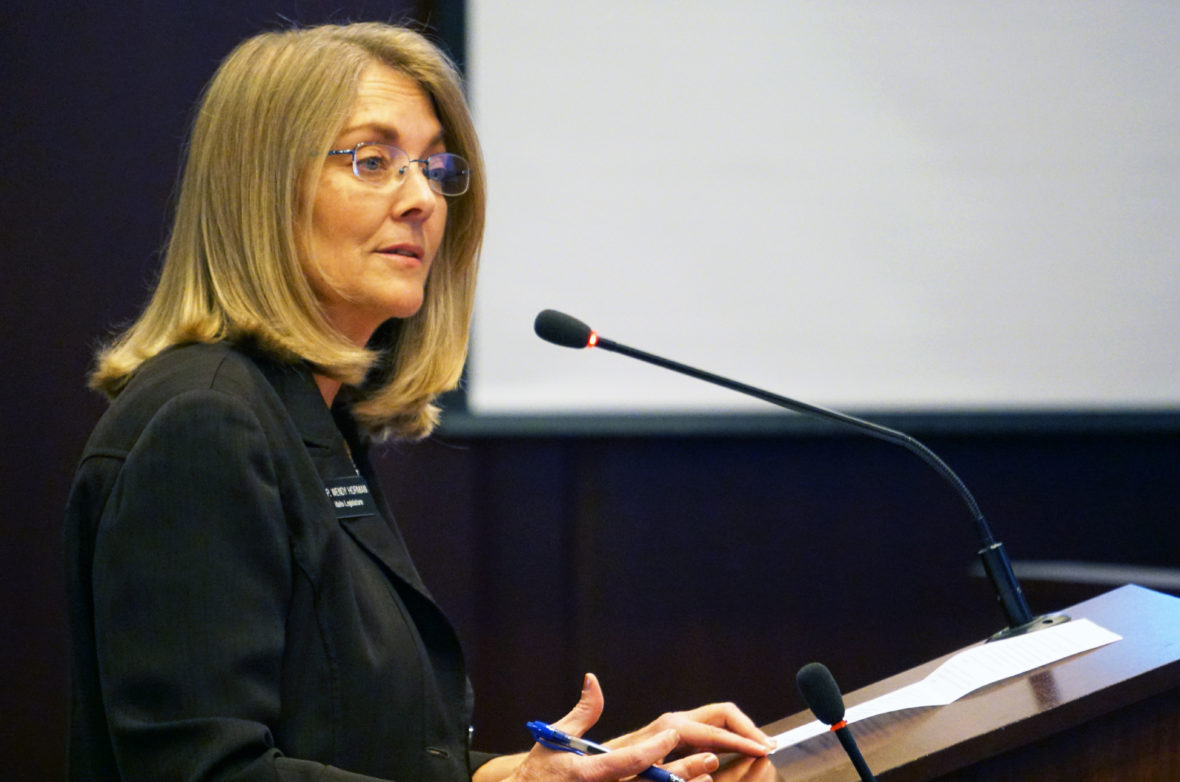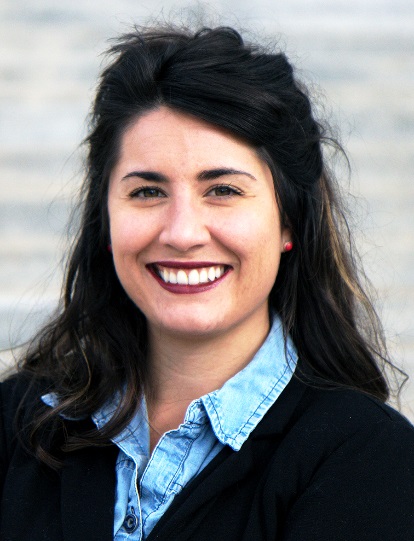The second Tuesday in March has become Idaho’s real school election day.
That’s when school districts are most likely to ask for bonds and levies. And, statistically, it’s also when voters are more likely to say yes.
So House Bill 393 might be one of the most important education bills of the 2020 legislative session. The bill would streamline school elections — requiring districts to run ballot measures in May or November.
Quinn Perry, a lobbyist for the Idaho School Boards Association, sums up the reaction she’s hearing from members in one word: panic. But while administrators know all about the election calendar, Rep. Wendy Horman says voters can’t keep it all straight. The Idaho Falls Republican says she is co-sponsoring HB 393 to give more voters a voice in decisions that affect their property tax bill.
To put the growing debate into focus, Idaho Education News crunched the numbers. We looked at when school districts float bond issues and levy elections, and how the districts fare at the polls.
This table sums up six years of elections, from 2014 through 2019. And it compares the four school election dates allowed by state law: March, May, August and November.
| Election date | Bond issues | Passage rate | Plant facilities levies | Passage rate | Supplemental levies | Passage rate |
| March | 41 | 56.1% | 39 | 87.1% | 211 | 95.7% |
| May | 14 | 42.9% | 12 | 75.0% | 87 | 92.0% |
| August | 25 | 32.0% | 10 | 50.0% | 17 | 88.2% |
| November | 14 | 28.6% | 5 | 20.0% | 17 | 94.1% |
| TOTAL | 94 | 43.6% | 66 | 74.2% | 332 | 94.3% |
The takeaways:
- Fifty-nine percent of bond and levy elections were held on one of the four available election dates: the March date.
- Sixty-four percent of supplemental levy elections took place in March.
- Across the board, the March passage rates are higher. For supplemental levies — which require only a simple majority to pass — the difference is negligible. But the difference is much more pronounced for bond issues, which require a two-thirds supermajority to pass, and for plant facilities levies, where the supermajority threshold ranges from 55 percent to two-thirds.
- Passage rates run lower on the last Tuesday in August — a pre-Labor Day election date that HB 393 also would eliminate. But barely one in 10 school elections took place in August.
For all practical purposes, this is really a debate about the March elections.
For ISBA and its statewide membership, the March election date isn’t about gaming the system and getting ballot measures through, Executive Director Karen Echeverria said. Instead, it’s a timing issue.
Most money from supplemental levies goes into salaries and benefits, Echeverria said. And since districts must issue teacher contracts by June 1, they need to know whether they can count on levy dollars to fill in the blanks. Even the May election — held on the third Tuesday of the month — is too late to be much help.

Horman isn’t sold. She points out, accurately enough, that districts have to wait until March, or later, before they know exactly how much money the Legislature will provide schools.
By moving school elections to May and November — in conjunction with party primaries or general elections — more people will vote on bond issues and levies. Horman asked a legislative research assistant to compile an 11-page spreadsheet of turnout numbers, which more or less confirms the self-evident: More people vote in May and November.
And sometimes, as the truism goes, every vote counts. In March 2018, a Vallivue bond issue passed by two votes; turnout was 11.5 percent. In November, Nampa’s supplemental levy failed by 11 votes; turnout was somewhat higher, at 19 percent. (Nampa will seek a larger supplemental levy on March 10.)
Horman also says the issue is personal. She has heard from older constituents who find it impossible to stay on top of elections. When districts get the word out about elections through social media, text, email and in-school events, Horman said, they unwittingly cut older voters out of the loop.
“This is the greatest generation,” Horman said. “They made the sacrifices to be able to do this. And it matters to them.”

HB 393 could get a hearing in the House State Affairs Committee as early as next week. And it’s the second bill that could have a profound impact on school elections. The House last week passed House Bill 347, which would require taxing districts to wait 11 months before rerunning a failed bond issue.
Horman and Perry agree on one point. The school elections law issue is intertwined in a larger debate over property taxes — in an election year, when some lawmakers consider tax relief a must-have.
But for districts, the one- or two-year supplemental levies are a short-term fix and a “necessary evil,” Perry said. When lawmakers talk about clamping down on election law, she said, it almost sounds like they want school ballot measures to fail.
“That causes me great concern,” she said.
Idaho Education News data analyst Randy Schrader contributed to this report.
Each week, Kevin Richert writes an analysis on education policy and education politics. Look for it every Thursday.
